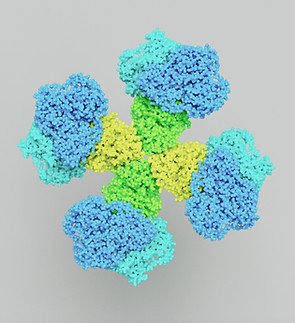
Explore Your Breast Screening Options:
When it comes to breast cancer screening, one size doesn’t fit all. Whether you’re getting a routine mammogram or considering additional tests, understanding your options can help you feel more confident and informed.
On this page, you’ll find simple, clear explanations of common screening tools, such as mammograms, MRIs, and ultrasounds, as well as newer options like contrast-enhanced mammography (CEM). We’ll walk you through what each test does, what it’s best at, and any limitations to consider.
Our goal? To give you the knowledge you need to discuss the best screening plan with your healthcare provider, so you can take control of your breast health with confidence.
Undestanding Your Breast Screening Options
What You Can Do to Empower Your Breast Cancer Screening Journey
Get the Best Screening for You
When it comes to breast cancer detection, starting with high-quality screenings is key. This section focuses on the screening process itself, ensuring you’re well-prepared to make the best choices for your health. For guidance on understanding and assessing your risk, visit the Risk Assessment section of our website.
Start with a High-Quality Mammogram
For many, breast cancer screening starts with a high-quality mammogram. However, individual needs vary—some people may not be eligible for mammography due to age, prior mastectomy, past radiation exposure, or other medical factors. It’s important to work with a provider to determine the safest and most effective starting point for your screening journey.
Ensure you choose:
-
A Breast Imaging Specialist
Look for a radiologist who specializes in breast imaging, not just general radiology. These specialists are trained to detect subtle signs of breast cancer and often work at dedicated breast centers or accredited facilities.
-
An Accredited Facility:
Choose a center accredited by the American College of Radiology (ACR) in breast imaging. These facilities meet high standards for image quality, safety, and expert interpretation.
🔗 Search ACR-accredited facilities
🔗 Find ACR-ImPower Outstanding Performance facilities
-
3D Mammography (Tomosynthesis):
Whenever available, opt for 3D mammograms. These provide clearer images and are especially important for those with dense breast tissue. 3D mammography should be considered the standard of care, not just a supplemental tool.
Timing Matters
Screening frequency and starting age depend on individual risk factors and life stage:
-
Average Risk: Begin annual mammograms around age 40 (or earlier based on provider recommendations).
-
Higher Risk: Screening often starts earlier, and intervals may vary. Consult your healthcare provider to tailor your screenings to your unique risk profile.
Explore Supplemental Screening Options
For women with dense breasts or other elevated risk, additional screening methods can detect cancers that mammograms might miss:
-
Breast MRI: Highly sensitive, especially for high-risk patients.
-
Contrast-Enhanced Mammography (CEM): A newer option combining mammography with contrast for better visualization.
-
Ultrasound: Often used for dense breasts or elevated risk for resource-limited screening.
-
Molecular Breast Imaging (MBI): Effective in detecting cancer in dense breast tissue.
Consult with your healthcare provider to discuss the benefits and limitations of each supplemental tool and determine which one best suits your needs.
Advocate for Tailored Screening Plans
Don’t settle for a one-size-fits-all approach. Take charge of your screening process:
-
Advocate for Personalization: Ensure your plan considers factors such as breast density, personal medical history, and lifestyle.
-
Request Adjustments: Higher-risk patients may require more frequent screenings or additional tools for improved accuracy.
-
Stay Proactive: If something doesn’t feel right, seek a second opinion or ask for additional testing.
Prepare for Your Appointment
-
Before your next screening, come prepared:
-
Bring records of previous mammograms or other screenings.
-
Know your breast density and how it impacts your screening options.
-
Use our printable Screening Checklist to guide your conversation with your provider.
Take the Next Step
Effective breast cancer screening is about more than a single test—it’s about informed choices, personalized plans, and staying proactive. Partner with your provider to ensure every aspect of your screening strategy is designed for your peace of mind and optimal health.






